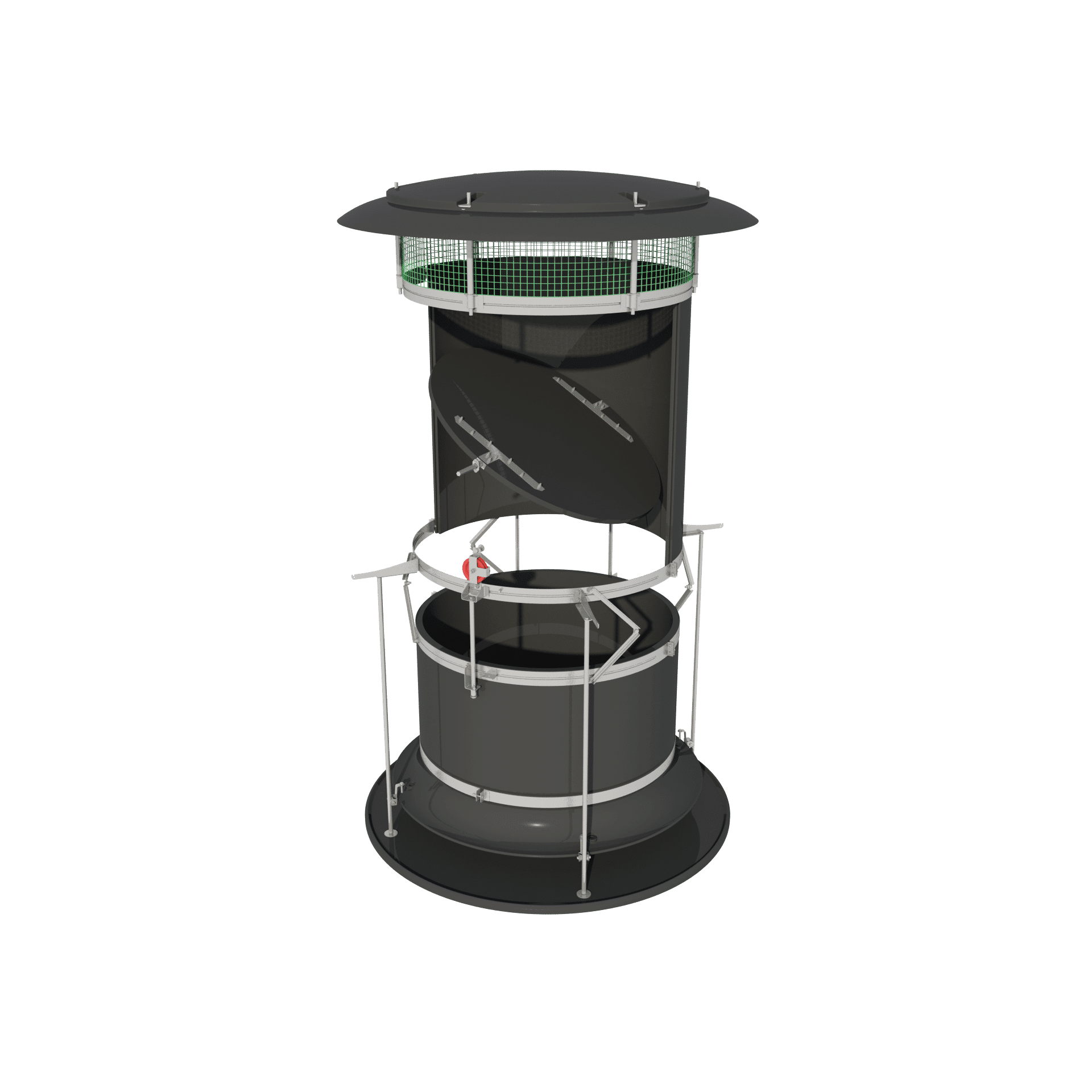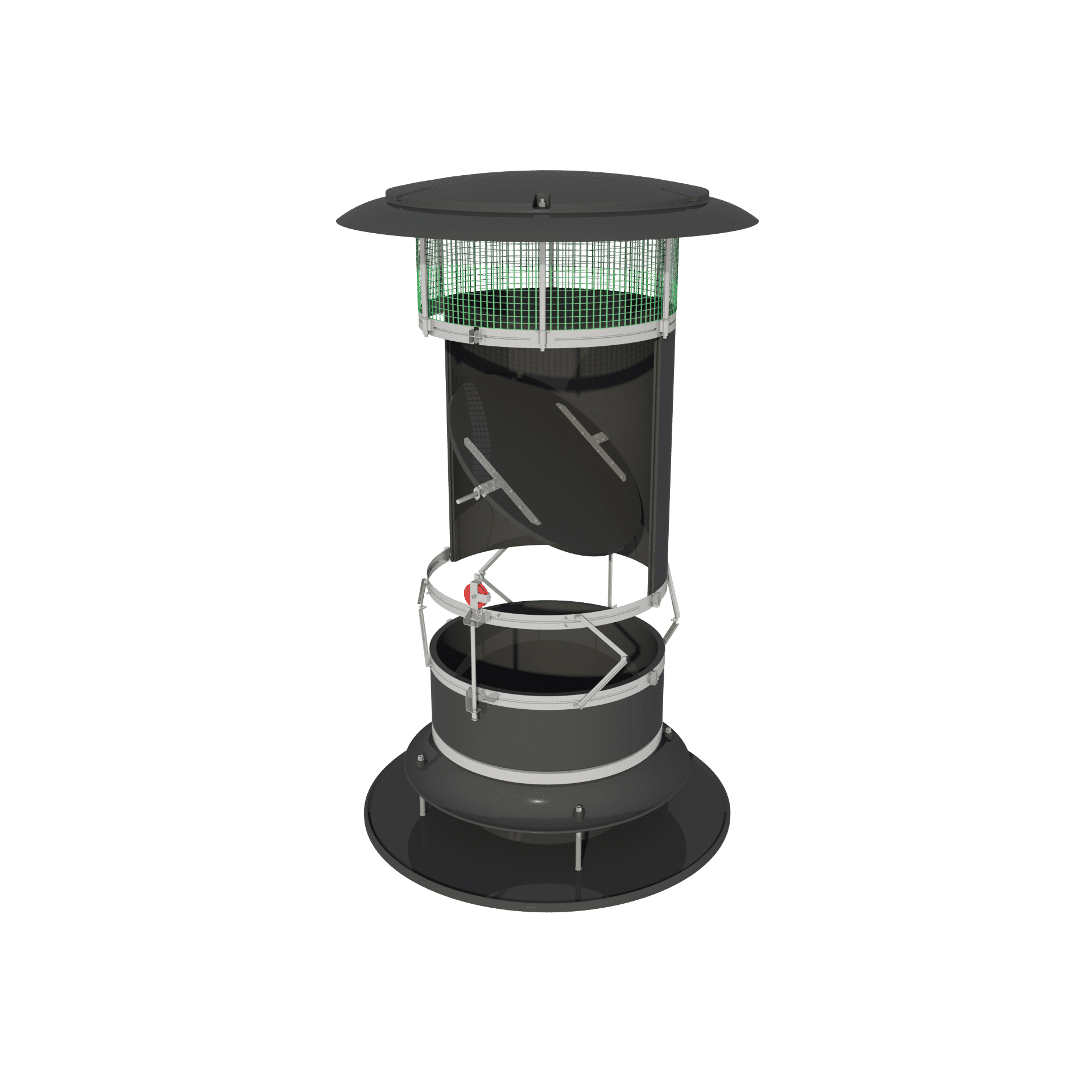The functionality and working of EPV systems
For equal pressure ventilation related to pigs continue to this article
For equal pressure ventilation related to poultry download our white-paper at the bottom of this article
What are Equal Pressure Ventilation (EPV) systems, and how do they work? Worldwide there is an increasing demand for sustainable livestock keeping. And animal welfare becomes increasingly important. Driven by public opinion and market demand the way in which poultry is housed and treated is changing. Together with a plethora of laws, these factors bring forward the development of new innovative ways for housing poultry. Spearheading the sustainability race are cage-free layer houses. At the center of attention is the EPV system (Equal Pressure Ventilation system). These systems can be used for both pig housing and poultry housing.
In EPV systems the air is always brought into the house by inlet chimneys. The exhaust air can be taken out of the house by gable fans or exhaust chimneys, but the incoming air is always passing through chimneys. In the design of these intake chimneys, you have the opportunity to make use of recirculation components. These recirculation components can mix the air from inside the house with the fresh incoming air to pre-condition the air that is passed down to the animals. Two chimney models that are perfectly suited for use in innovative EPV systems are the ARC-Dynamic and the ARC-Fixed.
The recirculation of air inside the house reduces energy costs in wintertime. Controlling the amount of recirculated air is a constant task for the climate computer and the use of the chimney changes when there are seasons involved. In the summertime, the recirculation opening is closed and only fresh outside air is taken in. A brief introduction into the workings of ARC chimneys per season is seen in the video below.
For a more detailed look into the concept of equal pressure ventilation (EPV) systems and the advantages or challenges it brings, find our latest white paper below.





